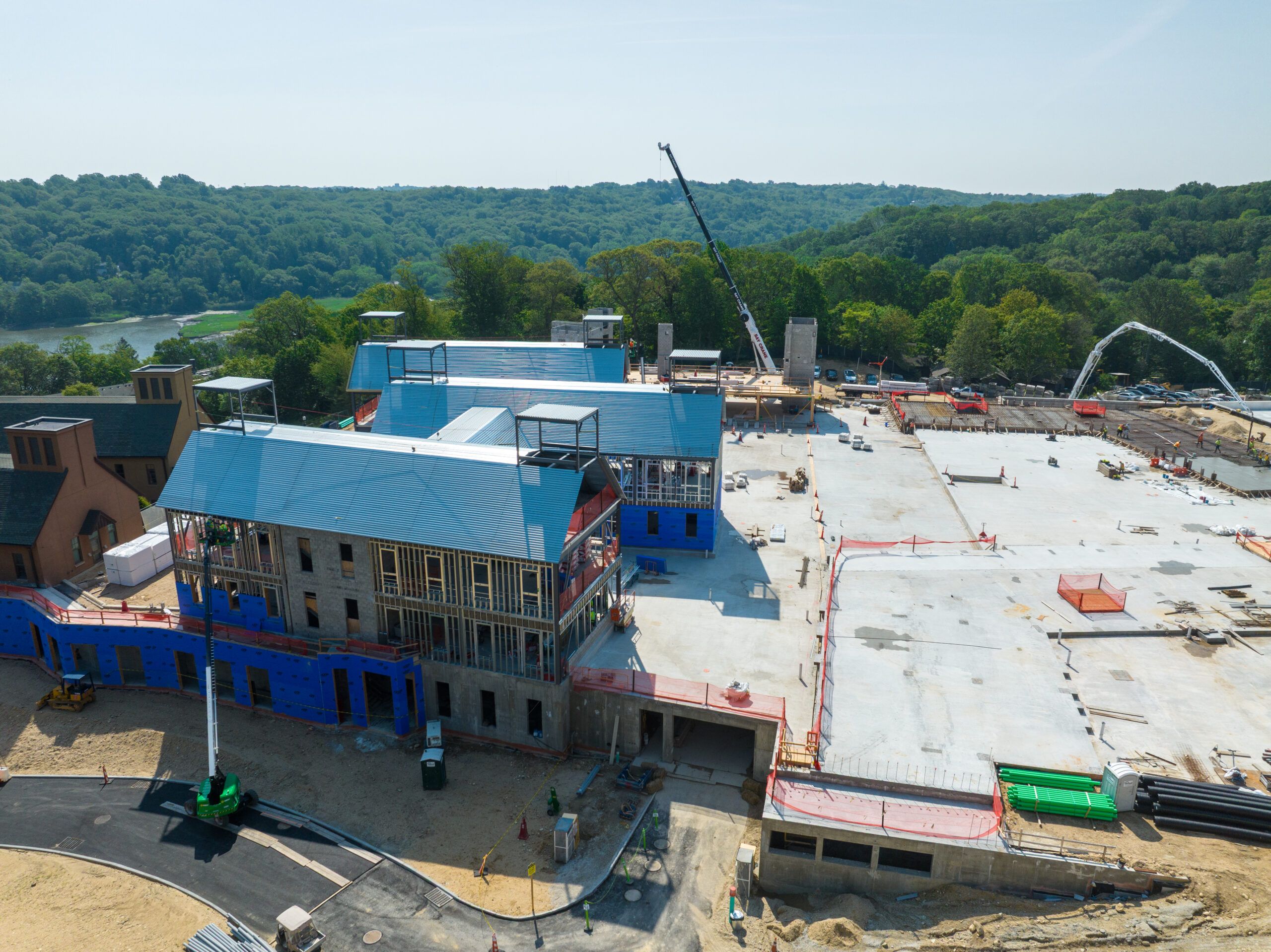A sudden spike in your water bill can be surprising — and frustrating. If you haven’t significantly changed your water usage, the problem may lie within your plumbing system. Leaks, inefficiencies, and outdated fixtures are some of the most common culprits. By identifying and addressing these issues, you can reduce your water bill and avoid wasting a precious resource.
1. Leaky Faucets: A Drip Can Cost You
A dripping faucet might seem harmless, but over time, those drops can waste thousands of gallons of water annually. Detecting a leaky faucet is simple—watch for visible drips, listen for the sound of dripping when the faucet is off, or check for water pooling in the sink basin. Fixing the issue often involves replacing worn-out washers or O-rings, tightening loose parts, or installing a new faucet if necessary.
2. Running Toilets: Silent Water Wasters
Running toilets are one of the most overlooked sources of water waste, capable of squandering hundreds of gallons daily. This problem is often caused by a faulty flapper valve, issues with the fill valve or float, or mineral build-up. You can test for a running toilet by adding food coloring to the tank—if the color appears in the bowl without flushing, there’s a leak. Replacing the flapper or adjusting the float can usually resolve the issue.
3. Hidden Pipe Leaks: The Invisible Culprit
Leaks hidden behind walls or under floors can significantly inflate your water bill while causing structural damage and mold growth. Damp spots, water stains, low water pressure, or musty odors can all indicate a hidden leak. Monitoring your water meter for activity when all fixtures are off can help confirm the issue. A professional plumber can pinpoint and repair the source.
4. Irrigation System Problems: Wasting Water Outdoors
Sprinklers and irrigation systems are common culprits for wasted water. Broken sprinkler heads, misaligned sprays, or undetected leaks can lead to pooling water, uneven patches of grass, and excessive consumption. Inspect your system regularly, replace damaged components, and adjust spray patterns to ensure efficient watering. Routine maintenance is key to avoiding costly water loss.
5. Outdated Fixtures: Inefficiency Costs Money
Older plumbing fixtures, such as toilets, showerheads, and taps, are often less Older plumbing fixtures often use significantly more water than modern, efficient designs. For instance, outdated toilets can use up to 3.5 gallons per flush, while newer models require just 1.28 gallons. Upgrading to low-flow showerheads, faucets, and toilets with a WaterSense label can dramatically reduce water usage while improving efficiency.
6. Water Heater Issues: A Hidden Drain on Resources
An inefficient water heater can also contribute to high bills. If you notice inconsistent water temperatures, rust-colored water, or unusual noises from the heater, it’s time to investigate. Regularly flushing the tank to remove sediment, insulating the heater, or replacing it with an energy-efficient model can address these issues and reduce water waste.
7. Seasonal Changes and Behavioral Factors
Sometimes, higher water bills result from increased usage during certain times of the year. Gardening, filling pools, or hosting guests can all lead to spikes in consumption. Simple adjustments like using timers for sprinklers, encouraging shorter showers, and turning off taps while brushing teeth can make a big difference.
Preventative Tips to Avoid High Water Bills
To keep your water bill in check and reduce the risk of unexpected spikes, follow these preventative tips:
1. Regular Maintenance: Schedule periodic plumbing inspections to identify and address small issues before they become big problems.
2. Monitor Your Water Meter: Check your meter readings regularly to detect unusual activity.
3. Install a Water Leak Detector: These devices can alert you to leaks before they cause significant damage.
4. Educate Your Household: Encourage water-saving habits, such as using a broom to clean driveways instead of a hose.
5. Upgrade Fixtures: Replace outdated plumbing fixtures with water-efficient alternatives.
When to Call a Professional
While some issues, such as replacing a faucet washer or adjusting a sprinkler head, can be handled on your own, others require the expertise of a professional plumber. If you suspect hidden leaks, notice significant water pressure changes, or see a persistent rise in your bill despite your efforts, it’s time to bring in an expert.
Act Fast When Water Bills are Too High
A high water bill is often a sign of an underlying plumbing issue. By checking for common problems like leaks, running toilets, outdated fixtures, or irrigation system inefficiencies, you can identify the source of the problem and take steps to resolve it. Regular maintenance, water-efficient upgrades, and mindful usage can help prevent costly surprises in the future while conserving water for the environment.
Don’t ignore the signs — act quickly to protect your home and wallet from unnecessary expenses!











